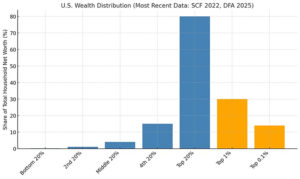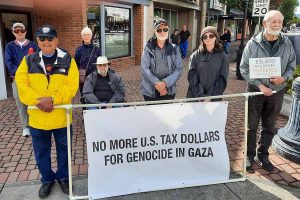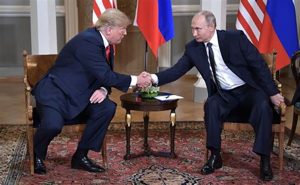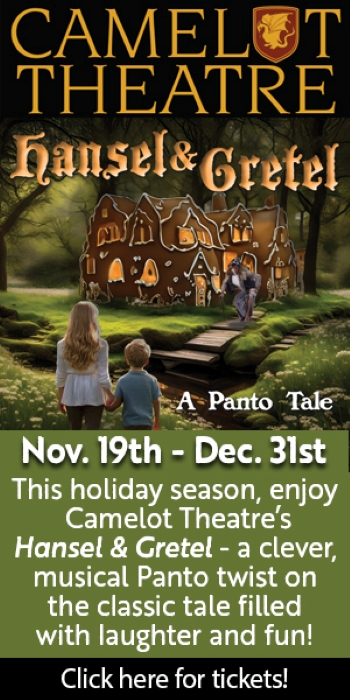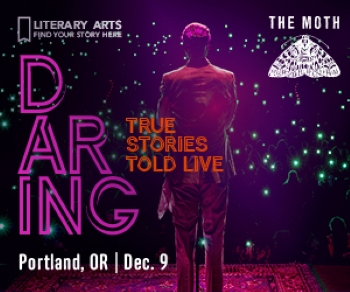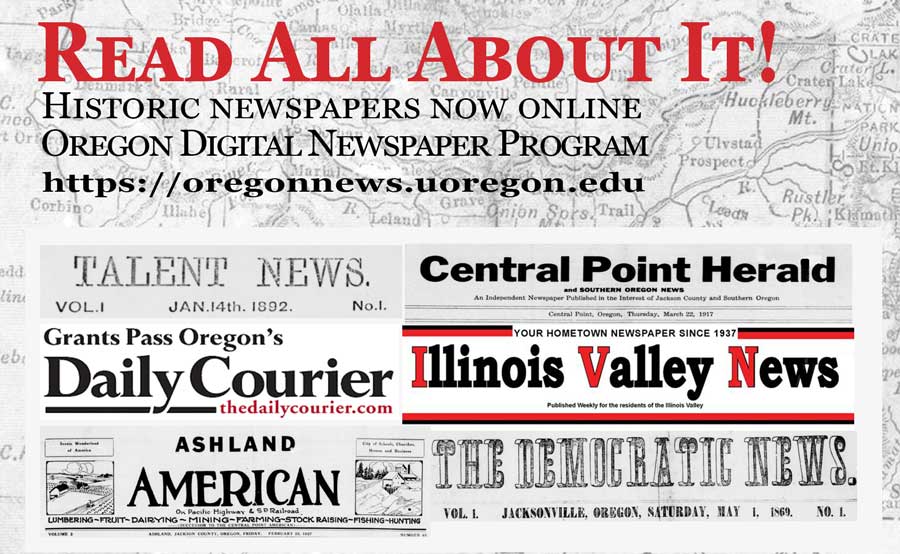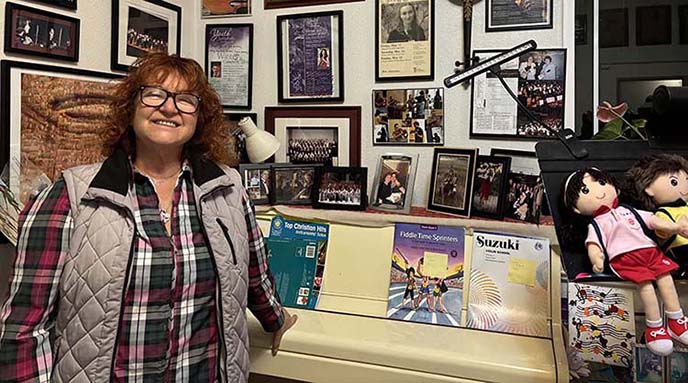It’s worth a try, but it will take more than personal transformation
By Herbert Rothschild
Most of us, I suspect, remember a time when seemingly every tenth automobile displayed a bumper sticker that read, “Visualize world peace.” After a while, the directive dwindled into a tiresome meme, and some wag created another sticker that read, “Visualize whirled peas.”
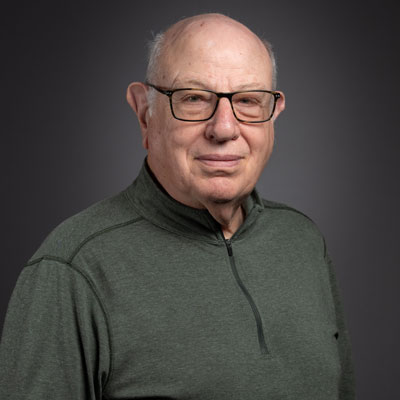
The message originated in Werner Erhart’s est program. He began Erhard Seminar Training in 1971. An outgrowth of the human potential movement, it expanded rapidly. By 1984, 700,000 people had completed the est training, most of whom experienced it as helpful, some life-changing. A minority felt disappointed; a few even felt abused.
In 1984, Erhard replaced est with a new set of programs under his organization Werner Erhard and Associates. But during the est years, he began two programs aimed at transformation on a global, not just a personal, scale. The first was the Hunger Project in 1977, the second was Visualize World Peace in the early 1980s. The goals were to end hunger and end violence.
There was no emphasis on specific projects, although in the 1990s The Hunger Project evolved into a more conventional NGO focused on community-based development. Visualize World Peace left no discernible legacy save to help popularize the belief that visualization and intention can effect broad social change.
Whether that is true or false is impossible to determine, but the question merits sustained consideration. Like Schopenhauer and many subsequent thinkers, Erhard took as a foundational belief that for humans reality isn’t a given but a result of the way we represent our world to ourselves. And for the most part, those representations don’t originate in us as individuals. Instead, we inherit and accept as valid the representations of the cultures in which we are embedded. For example, assumptions about human nature in an agrarian society are quite different than those in a capitalist society.
Such a realization provides an opening for change, even for the radical “breakthroughs” that est offered its participants. Change the story you’ve been telling yourself about yourself and you can change yourself fundamentally. And if that process can work for the individual self, why not for the world?
Well, there are reasons. Within the self there may be psychic features resistant to a changed story, but nothing as powerful as systems in the larger world vested in the status quo. For example, the military-industrial complex would have to be dismantled before the U.S. could commit itself to a world that doesn’t necessitate organized violence. Nonetheless, such a world cannot come into being if there is no story competing with the congressionally-mandated Annual Threat Assessment of the U.S. Intelligence Community.
Last Sunday the Ashland Culture of Peace Commission celebrated its 10th anniversary at an observance of the U.N. International Day of Peace. In the column about ACPC that I published two days before the observance, I pledged to discuss this week the peace-building work that the Ashland Culture of Peace Commission hopes to initiate in the near future.
The planned work begins with a partnership with Rotary Clubs in Oregon along the I-5 corridor. Called the Oregon Peace Trail, it will be a 308-mile walk (approximately one month), bike ride (about one week), or even a kayak trip or drive through Peace Zones created by 65 Rotary Clubs organizing within their communities. Each Peace Zone will feature a Peace Garden as a place for reflection and inspiration. It’s hoped that, like the Camino de Santiago across northern Spain to the cathedral of St. James in Compostela, the Oregon Peace Trail between Oregon City and Ashland will become a popular pilgrimage for peace.
As the Oregon Peace Trail website explains, integral to its creation is the Peace Game, a creation of David Gershon’s Empowerment Institute. The plan is for the Peace Zones to emerge from Rotarians’ participation in the Peace Game. However, anyone can play the game. Indeed, Gershon’s hope is that enough people will do so that by 2030 there will be peace on Earth. Obviously, he has enormous confidence in the power of the game, not just to transform individuals but societies.
I think Gershon has a better chance of achieving that goal than Erhard did. Basic est was a two-weekend gathering of some 250 people in one place engaging in intense self-scrutiny. To me it sounded like an emotional pressure cooker (but I invite readers who took the training to submit letters to the editor sharing their experiences in general terms and what value they place on it in retrospect). The Peace Game requires both reflection and action, personal change and interpersonal peace practices.
Whether played online or in person, the Peace Game consists of nine weekly two-hour meetings. One plays as part of a three-person team. It’s built around seven actions that empower people to live in harmony with self, each other and the Earth.
The seven actions are
- Empowerment — Becoming an agent of change
- Oneness — Befriending the other
- Unity — Celebrating our shared humanity
- Cooperation — Working with others for the common good
- Abundance — Supporting organizations working for the common good
- Love — Praying for and visualizing peace on Earth
- Faith — Engaging people to play the Peace Game
An example of a required activity — part of the second step — is reaching out to someone very different from oneself, such as a homeless person, and forming a meaningful relationship with that person.
So, the Peace Game strikes me as more grounded than other New Age approaches with which it shares some features. There’s an online information session with Gershon from 5 to 6:30 p.m. PDT Wednesday, Oct. 8, for which one can register here. I’ve registered for it.
Regrettably, I won’t be able to play the Peace Game this fall because the meeting time conflicts with a quite different peace activity. Last week we began a silent witness against Israel’s destruction of the Palestinians. It’s from noon to 1 p.m. each Wednesday in Vogel Plaza, at the corner of East Main Street and Central Avenue in Medford. We wear black and stand behind a banner that reads, “No More U.S. Tax Dollars for Genocide in Gaza.” All are welcome.
Herbert Rothschild’s columns appear Fridays. Opinions expressed in them represent the author’s views. Email Rothschild at herbertrothschild6839@gmail.com. Email letters to the editor and Viewpoint submissions to news@ashland.news.




